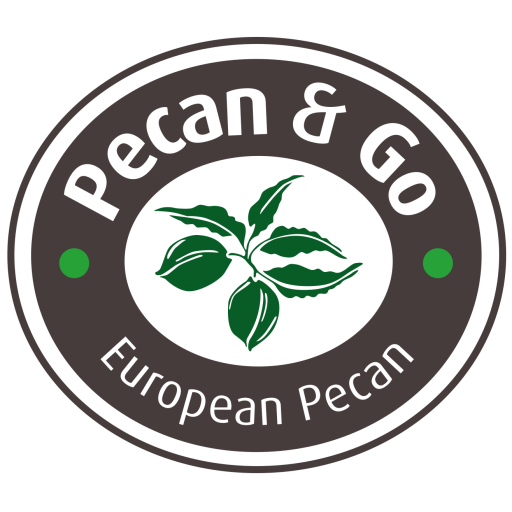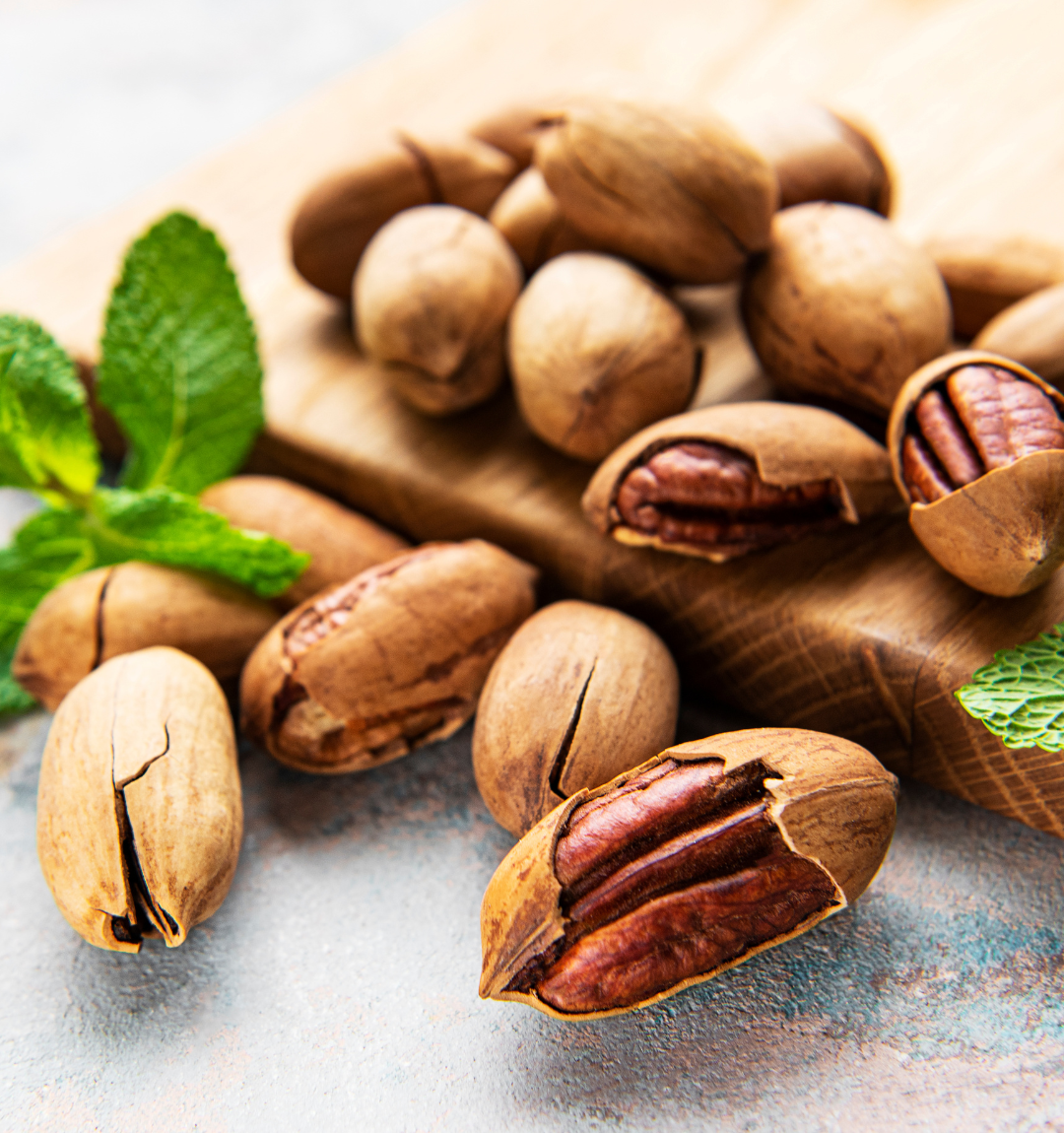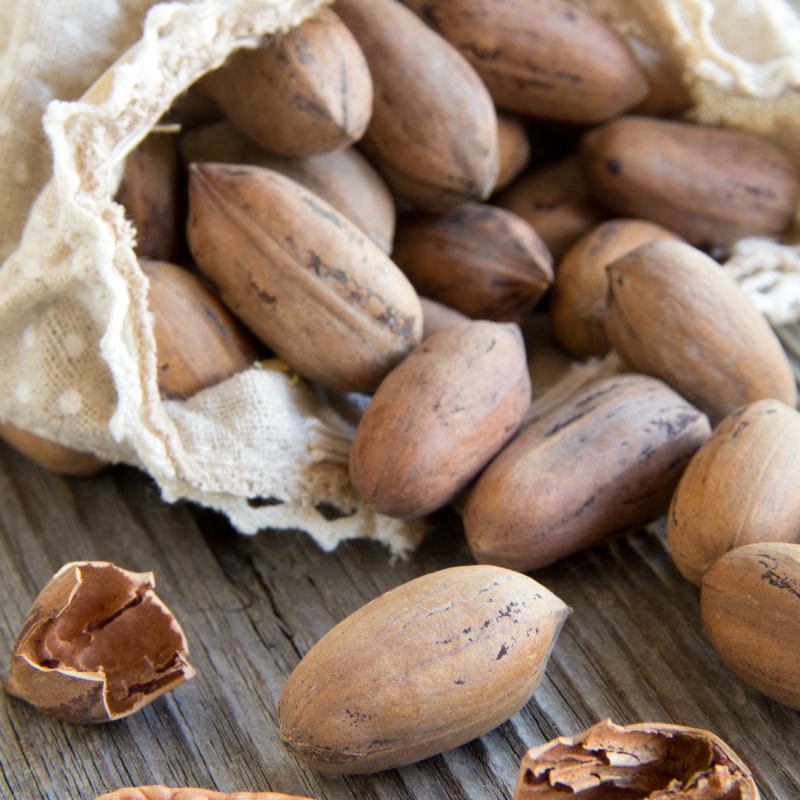About the pecan
Consumption and production of pecan nuts is continually increasing in Europe. It is a nut consumed as food, but thanks to its properties its use is increasingly becoming more widespread in bakery, cosmetics and health.

Cultivation characteristics
Pecan is still a minority crop, but is increasing in Spain and south Europe, with great growth potential due to its resistance to climate change, which makes it a very profitable alternative in large areas of the Continent. This tree prefers areas that have deep soils and sufficient water resources.
Furthermore, in the last decade, growers have developed advances in the specific technology dedicated to this crop, which has increased productivity. These advances have been based on the knowledge achieved in emerging areas of this crop such as South Africa, Argentina or Australia, which have focused on the correct application of irrigation and fertilization and the design of the most appropriate plantation frameworks, and the quality of the plant that nurseries already produce in Spain.
It is also recommended to opt for varieties that respond to the climatic demands of each area, both in those with fewer chilling hours and in the earliest ripening ones, to anticipate the entry of American exports (USA and Mexico) into the European markets.
Furthermore, we must consider the consumer's demands, with specific standards of size and quality.
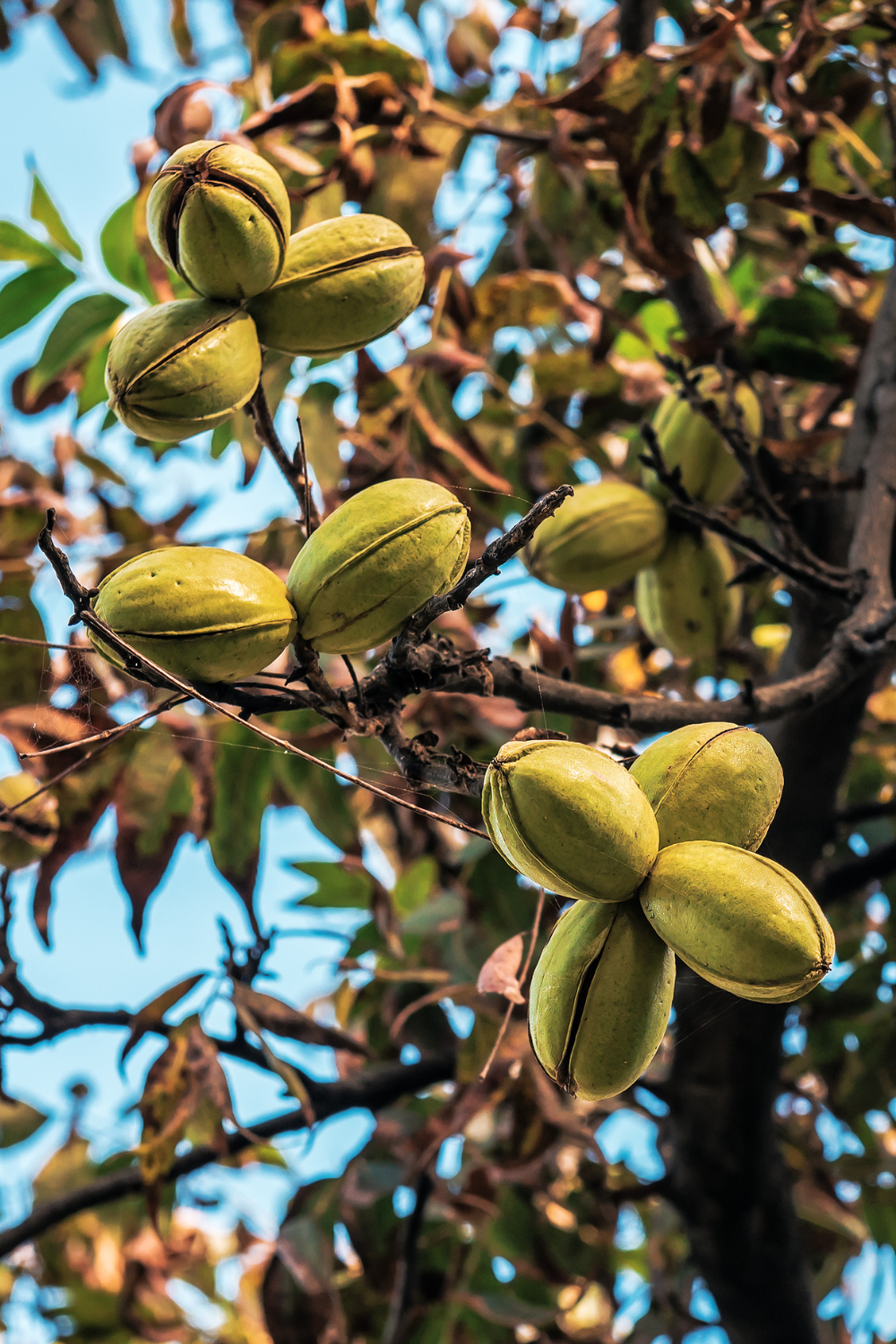
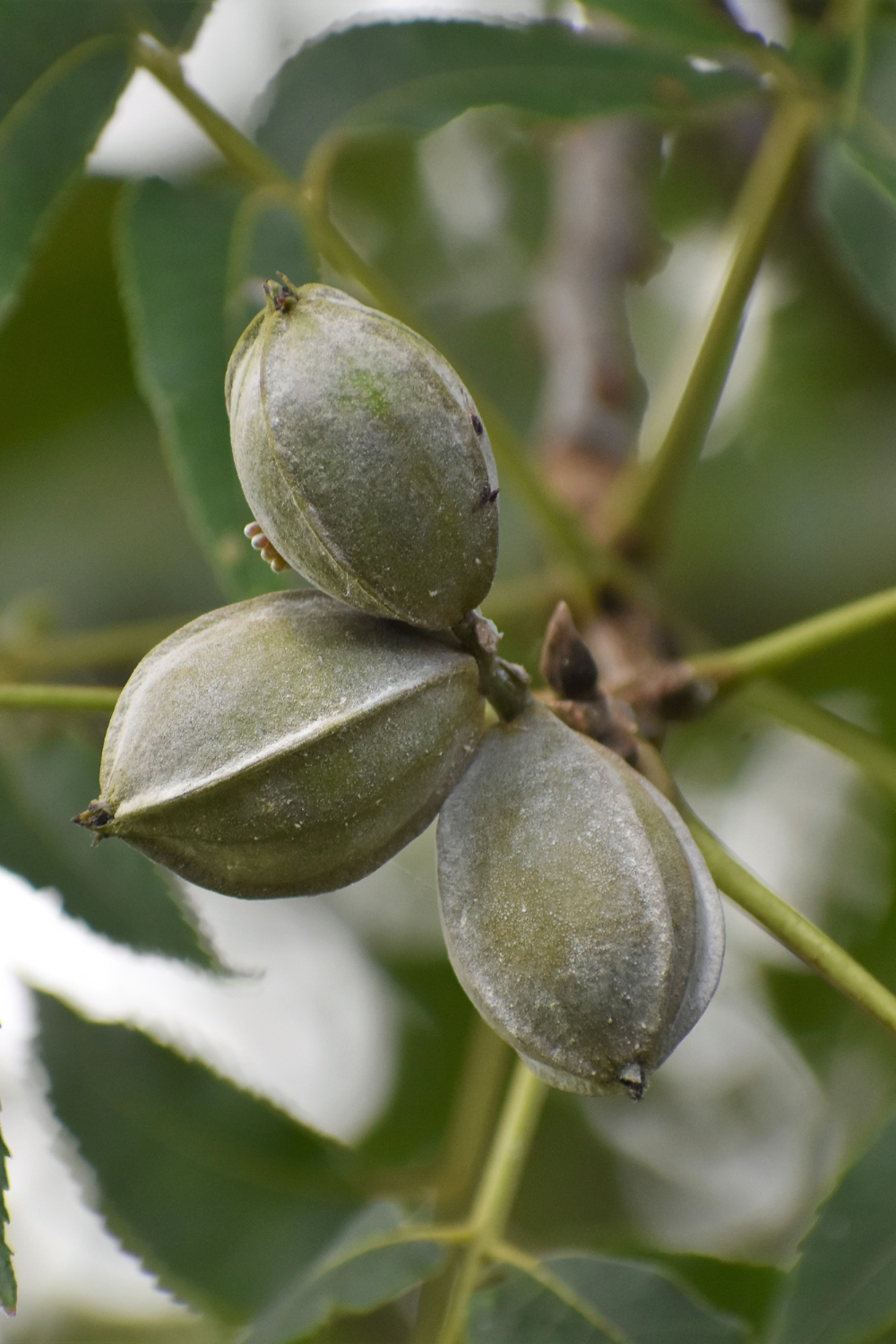
Orchard management
We have been working for years on the analysis and optimal management of pecan cultivation to maximize results. Our guarantee of success is based on developing an optimized and efficient orchard, increasing the benefits of the crop, as well as the quality of the nuts collected, and with the greatest possible cost savings.
The cultivation of the Pecan was popularly known for its great height since a Pecan can reach 30 meters in search of sunlight. It is a fast-growing tree, although it produces its first fruits after 4 years, depending on the variety. Root system is usually very deep, although the absorbing roots are usually closer to the surface. Male and female flowers can be found on the same stem. The Pecan flower receives pollen carried by the wind.
The planting time varies depending on the geographical area where we develop the crop. Our experience inclines us to plant it in a pot in spring, although in some areas it is advisable to plant it in winter with bare roots. Our team of experts will provide you with specialized and personalized advice on the characteristics of your farm to manage your Pecan cultivation optimally and efficiently.
Irrigation
Pecan cultivation has large water requirements, mainly at certain times of the development and growth of the nut, in which it is essential to carry out constant and quality irrigation. At Pecan & Go, we will recommend the ideal irrigation solutions that will subsequently be budgeted with different suppliers over which we will strictly control their execution.
Drip irrigation and fertigation are usually a guarantee of success in cultivation because they favor the size and quality of the nut.
Pruning
The pecan, is a deciduous fruit tree of the family caryiaPruning is a very important task within the crop, since it strengthens the tree, increasing the production and quality of the nut. At Pecan & Go, we study each case individually considering the years of life of each tree, the planting settings, the weather, etc.
Generally, pruning in winter is recommended because it reduces tree stress since it loses less sap and reduces the risk of contracting diseases through the wounds caused. Different types of pruning can be mentioned: training pruning, formation pruning, production pruning, renewal or rejuvenation pruning, and green pruning. All of them are of vital importance for the success of our cultivation.
Plagues and diseases
Must recognize, prevent, counteract, and eradicate pests and diseases in your Pecan orchard, combating them effectively to reduce risks, as well as possible losses in each campaign.
Although the Pecan is a tree that is not very sensitive to pests, the best known are aphids, the green mosquito and the red spider. The most notable pecan diseases are Pecan Scab, Bacteriosis.
Harvest
The last phase of cultivation is the harvesting of its nuts, the pecans. We have the support of expert suppliers in various types of harvest, as well as the most advanced technology and machinery to carry out this task, adapting it to each situation.
Using vibrating machines, the trunk is shaken, without causing damage to the structure of the tree, the roots, or the nuts, which causes the fruit to fall delicately. This system provides maximum efficiency when collecting.
Once harvested, we must remove the green shell or hull, lower the humidity of the kernels to commercial levels, and calibrate the size of the pecan in shell.
Sale
We will receive compensation for the investment made and the operating expenses each year.
As experts in this crop and possibly the largest pecan managers in Europe, we have a large customer base that buys the product from us both in shell and shelled. We own the most advanced cracker in Europe, which allows us to offer a product of enormous quality. All of this will be at the service of your crop.
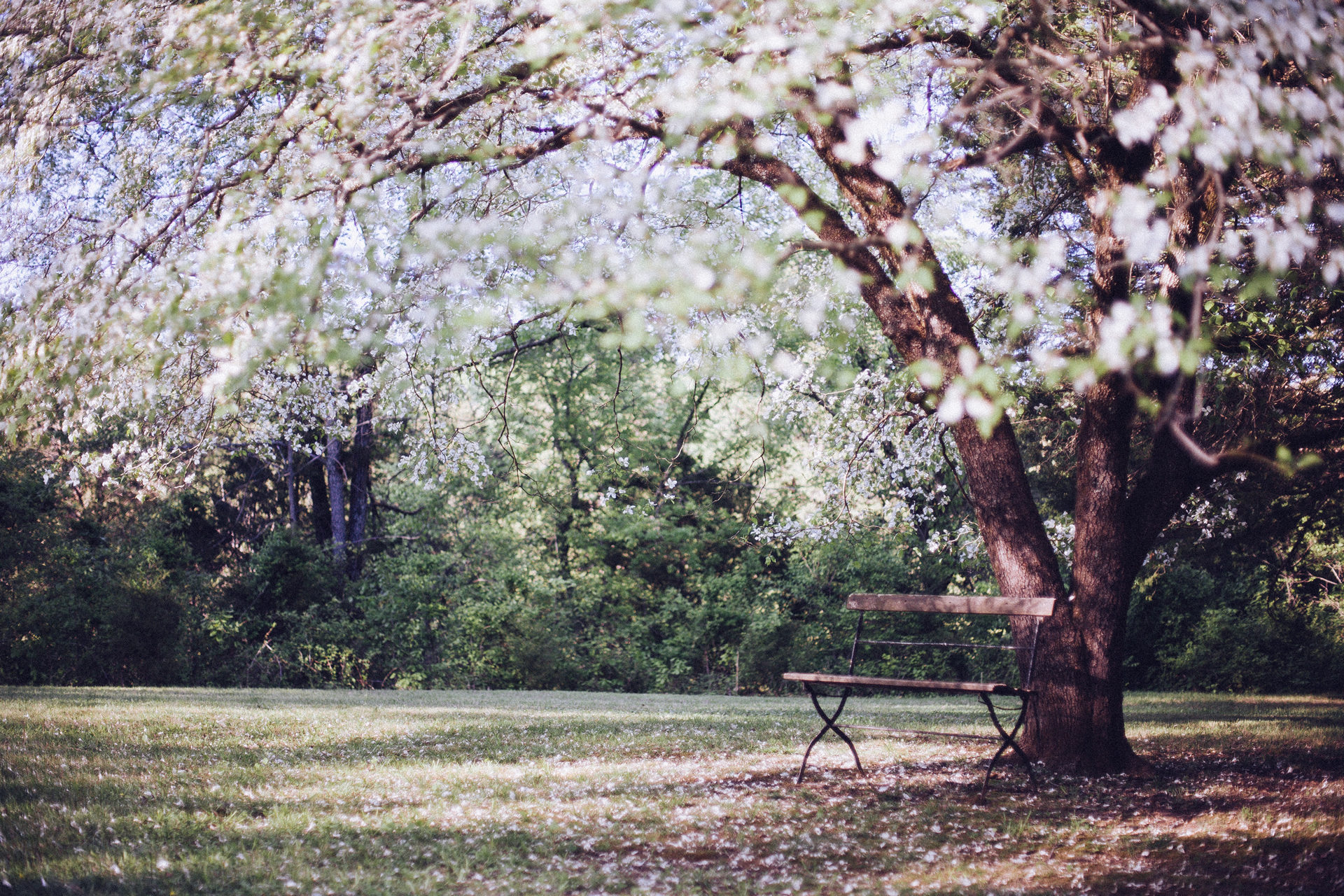

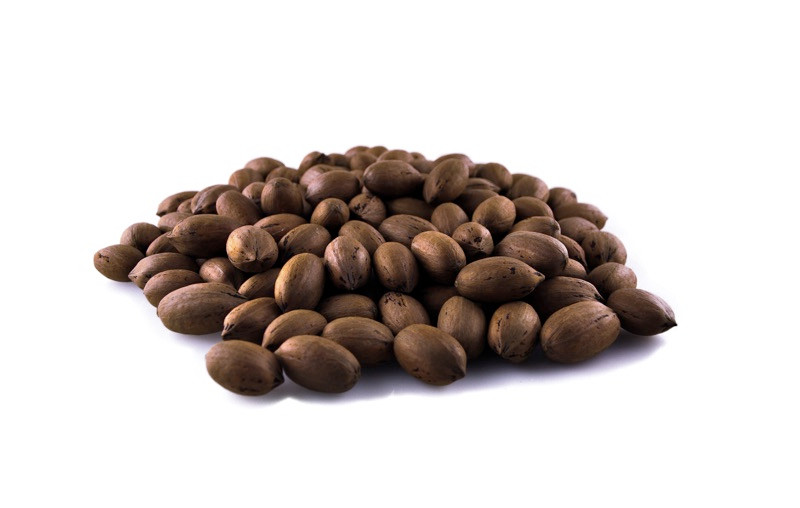
Nutritional value
The pecan nut is characterized by being a good supplier of natural fibers and unsaturated oils necessary for the proper functioning of the human body.
Its powers to reduce the level of bad cholesterol or “LDL” are especially known. Approximately 80% of its composition is unsaturated fatty acids, which helps prevent cardiovascular diseases to a large extent.
It also helps keep blood pressure low and its low sodium content makes it a suitable food for the diets of people who suffer from hypertension.
For pregnant women, it is an ideal supplement due to its high content of folic acid, essential for the correct formation of the baby.
In summary, at Pecan & Go, we accompany you at every stage of the vegetative and commercial development of pecan cultivation to help you achieve your objectives. Therefore, we encourage you to contact us to increase productivity and profitability in your pecan orchard or start a new investment.
Choosing Pecan Trees
The main considerations when choosing and planting pecan trees are to ensure adequate spacing as they grow. Traditionally, plantations were in very wide frames of up to 16 x 16 meters, but currently we see intensive plantations of up to 3 x 6 that require enanizantes y una gestion importante de poda, the need for two or more complementary varieties for good pollination and to ensure that the planting site is well drained.
Recommended pecan varieties:
Caddo
Caddo is one of the most productive pecan varieties. Its fruits are the smallest in size, but it has excellent core quality. Caddo is a strong tree and has good disease resistance. Kanza, Elliot and Stuart are excellent choices for a pollinator. Caddo is a type 1* pecan.
Elliot
Elliot has a lot of flavor! Their pecans have a hickory flavor. Easy to shell and disease resistance have made Elliot a very popular pecan variety! Caddo, Desirable and Oconee are excellent choices for a pollinator. Elliot is a type 2* pecan.
Pawnee
Pawnee is one of the most widely planted pecan varieties in the world. It produces a large and very attractive nut. It is also noted as a variety that is well suited for drier areas. Kanza, Elliot and Stuart are excellent choices for a pollinator. Pawnee is a type 1* pecan.
Choctaw
Choctaw pecan trees produce large nuts with a thin shell. The kernel, which consists of 58% of the nut's total weight in the shell, is very soft and has a high oil content. Caddo, Desirable and Oconee are excellent choices for a pollinator. Choctaw is a type 2* pecan.
Oconee
Oconee is known for being an excellent producer, producing a large percentage of intact shells. Its nuts also have exceptional flavor, and the variety has good disease resistance. Kiowa, Mohawk, Choctaw, and Stuart are excellent choices for a pollinator. Oconee is a type 1* pecan.
Pollination Compatibility Chart:
Use thePollination Compatibility Chart, to help determine which pecan tree varieties are complementary pollinators.
Pecan Tree Pollination:
Pecan trees flower and shed pollen at separate times, making pollination of nuts different from fruit trees.
They sin type I and they sin type II.
For proper cross-pollination between pecan trees, it is highly recommended that you grow at least one of each type. (1 and 2)
TYPE 1:Pecan trees shed pollen first and their flowers are receptive to pollen later in the season. These varieties are known asProtandrous, which have a “Type I” flowering habit.
TYPE 2:Pecan trees that have flowers that are receptive to pollen first and then their buds shed pollen later in the season. These trees are known asprotogynes, which have a flowering habit»Type II«.

